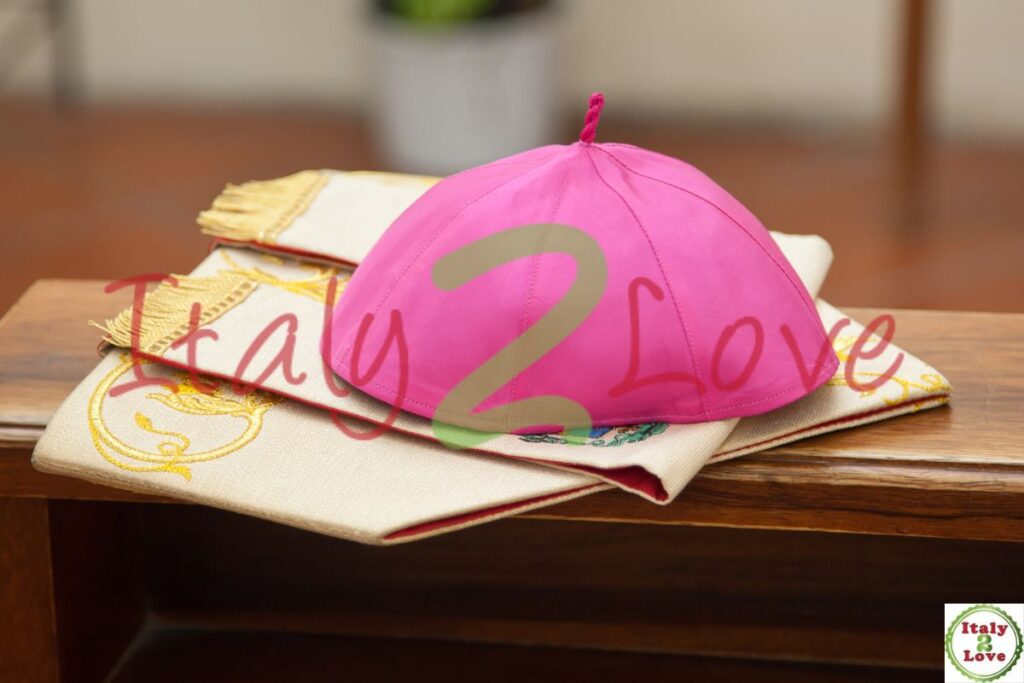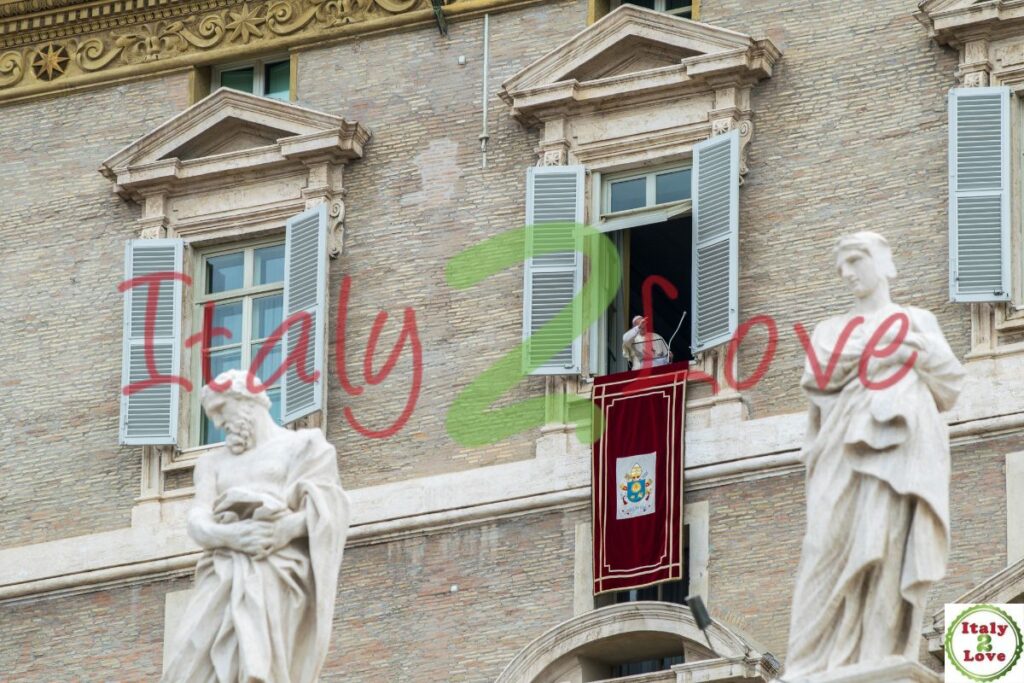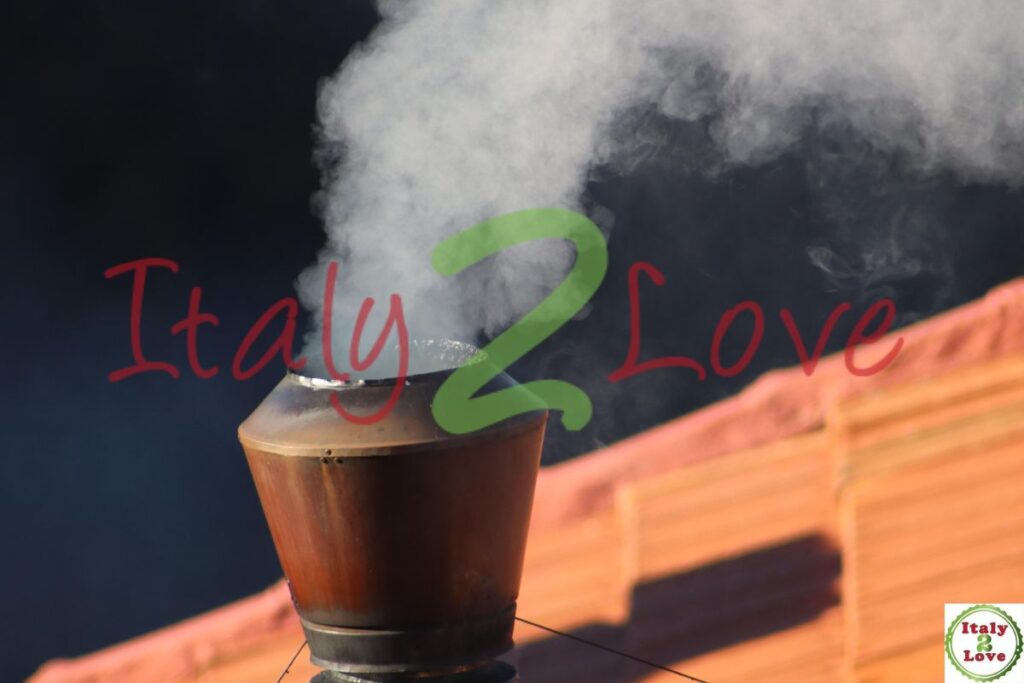Table of Contents
What is the Full Meaning of Conclave?
The word “conclave” originates from the Latin “cum clave,” meaning “with a key.” This term is profoundly symbolic, representing the act of secluding the College of Cardinals behind locked doors to elect a new pope.
This ancient tradition ensures that the election process remains free from external pressures, gossip, and political interference. The conclave is not merely a meeting; it is a sacred rite steeped in centuries of tradition, mystery, and solemnity.
Once the conclave begins, the cardinals are entirely cut off from the outside world. No communication is permitted; no news seeps in or out. This seclusion emphasizes the gravity of their decision, reinforcing the belief that divine inspiration must guide their choice.
What is the Purpose of the Conclave?
The principal aim of the conclave is the election of the Bishop of Rome, who simultaneously becomes the supreme spiritual leader of the global Catholic Church, shepherding over 1.3 billion faithful.
The conclave is designed to create an environment conducive to prayerful reflection, earnest discussion, and discernment guided by the Holy Spirit. It prevents external political influence and personal ambitions from tainting the decision-making process.
In this secluded and solemn atmosphere, the cardinals seek not merely a capable administrator but a visionary spiritual guide, capable of navigating the Church through both contemporary challenges and eternal spiritual truths.

What Date Does Conclave Start?
There is no fixed date for the start of a conclave. After a pope dies or resigns, canon law stipulates that the conclave must begin between the 15th and 20th day following the event.
This period allows for funeral rites, a time of mourning and prayer, and the logistical necessity of gathering all cardinal electors from around the world.
Sometimes, circumstances may prompt the cardinals to decide on an earlier or later start, within that time window, depending on the needs of the Church. The Dean of the College of Cardinals officially announces the start date.
How Long After a Pope Dies is the Conclave?
Following the death of a pope, the Church enters the period of “sede vacante” — literally, “the seat being vacant.” This is a profoundly significant moment, both spiritually and administratively.
The Apostolic Constitution Universi Dominici Gregis outlines that the conclave must commence between 15 and 20 days later. This interval serves several purposes: allowing time for the funeral and novendiales (nine days of mourning), ensuring all cardinal electors have time to travel to Rome, and offering a period of prayerful preparation.
It symbolizes a respectful and deliberate approach to one of the Church’s most important decisions.
When Did the Conclave Begin?
The formal procedures surrounding the conclave were instituted in 1274 during the Second Council of Lyon.
However, the idea of sequestering the electors stemmed from an earlier crisis: the 1268-1271 papal election in Viterbo, which dragged on for nearly three years without a decision. Frustrated citizens locked the cardinals in, limited their food, and even removed the roof of the building to expose them to the elements.
These drastic measures spurred the Church to implement formal conclave procedures, emphasizing the necessity for focused, timely elections. Over centuries, the conclave has evolved but has retained its spirit of solemnity and urgency.
How Long Will the Conclave Last?
The duration of a conclave can vary significantly. Historically, conclaves could last for months or even years, especially during periods of intense political tension. However, modern conclaves are typically much shorter.
For instance, the 2013 conclave that elected Pope Francis lasted only two days. The cardinals meet twice daily, casting ballots in the morning and afternoon. If no candidate achieves a two-thirds majority after several rounds, additional measures, such as a run-off between the top candidates, may be employed to facilitate a decision.
Nonetheless, most conclaves today conclude within a week, reflecting greater unity among the cardinal electors.
Can You Visit the Vatican During a Conclave?
The Vatican City remains open to visitors during a conclave, but with notable restrictions.
While the vast St. Peter’s Square welcomes pilgrims and tourists eager to witness history unfold, certain areas are off-limits. The Domus Sanctae Marthae, where cardinals reside during the conclave, is strictly inaccessible.
Security is significantly heightened, with increased surveillance and restricted access to sensitive areas. Visitors experience an electric atmosphere charged with anticipation, and attending Mass or simply standing in the Square becomes a deeply moving experience during these historic days.

Is the Sistine Chapel Open for Visitors?
No, the Sistine Chapel closes to the public during a conclave. It transforms into the sacred space where the decisive ballots are cast.
Special preparations are made: electronic jamming devices prevent outside communication, and the chapel is meticulously inspected to ensure complete secrecy. Michelangelo’s masterpieces — The Last Judgment and the iconic ceiling frescoes — silently bear witness to this momentous event.
The transformation of this world-renowned tourist attraction into a cloistered, solemn setting underscores the profound gravity of choosing the next pope.
Is St. Peter’s Basilica Open During the Conclave?
Generally, St. Peter’s Basilica remains open to the public during a conclave, though access may be temporarily restricted during specific events or ceremonies.
>>> Discover St. Peter’s Basilica: operating hours <<<
Pilgrims continue to attend daily Mass, pray before sacred relics, and visit the tombs of previous popes, including St. Peter himself. However, the atmosphere is palpably different: a sense of expectation and reverence fills the vast interior.
Special liturgies, prayer vigils, and moments of communal prayer are common, as the faithful join in spiritual solidarity with the cardinal electors.
What Happens in Rome During the Conclave?
During the conclave, Rome becomes a city alive with a unique mixture of solemnity and celebration. Crowds gather in St. Peter’s Square, eyes fixed on the small chimney atop the Sistine Chapel, awaiting the famous smoke signals. Black smoke (fumata nera) signals an inconclusive vote; white smoke (fumata bianca) heralds the joyous news of a new pope. Hotels fill with pilgrims, journalists, and clergy from all over the world.

Special events, exhibitions, and prayer services abound. Roman cafes and shops sell themed souvenirs: from “Habemus Papam” t-shirts to miniature replicas of the pope’s mitre. For many, simply being present in Rome during a conclave is a once-in-a-lifetime spiritual experience.
Conclusion: The Conclave’s Timeless Mystery
The conclave endures as one of humanity’s most profound and enigmatic traditions.
Combining centuries-old ritual, spiritual gravitas, and breathtaking secrecy, it represents both the continuity and the renewal of the Catholic Church. Each conclave is a bridge between the Church’s ancient past and its dynamic future, witnessed in awe by millions across the globe.
Whether you are a devout believer, a student of history, or a traveler drawn by the allure of tradition, understanding the conclave offers a privileged glimpse into the heart of a ceremony that continues to shape the destiny of one of the world’s oldest and most influential institutions.
